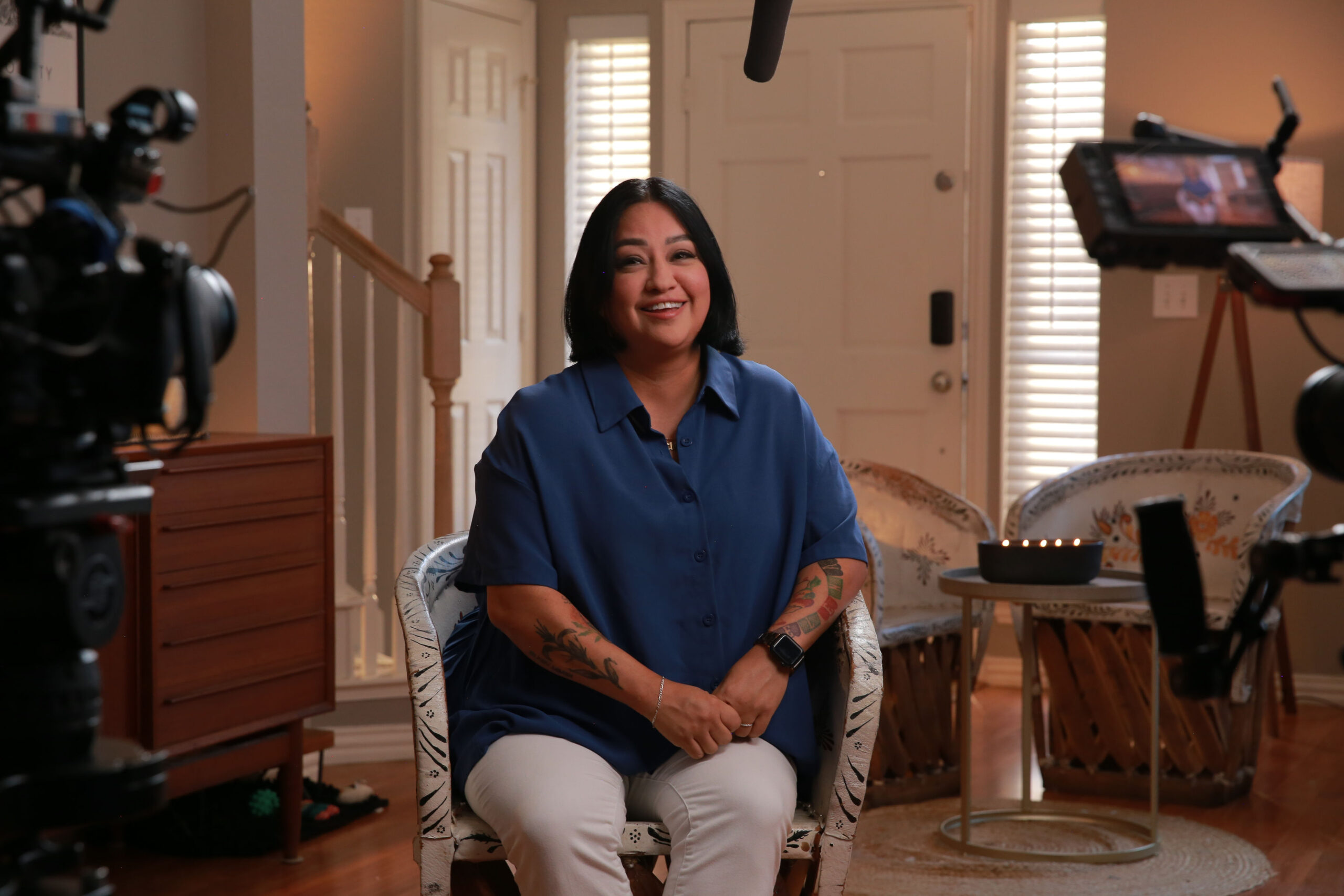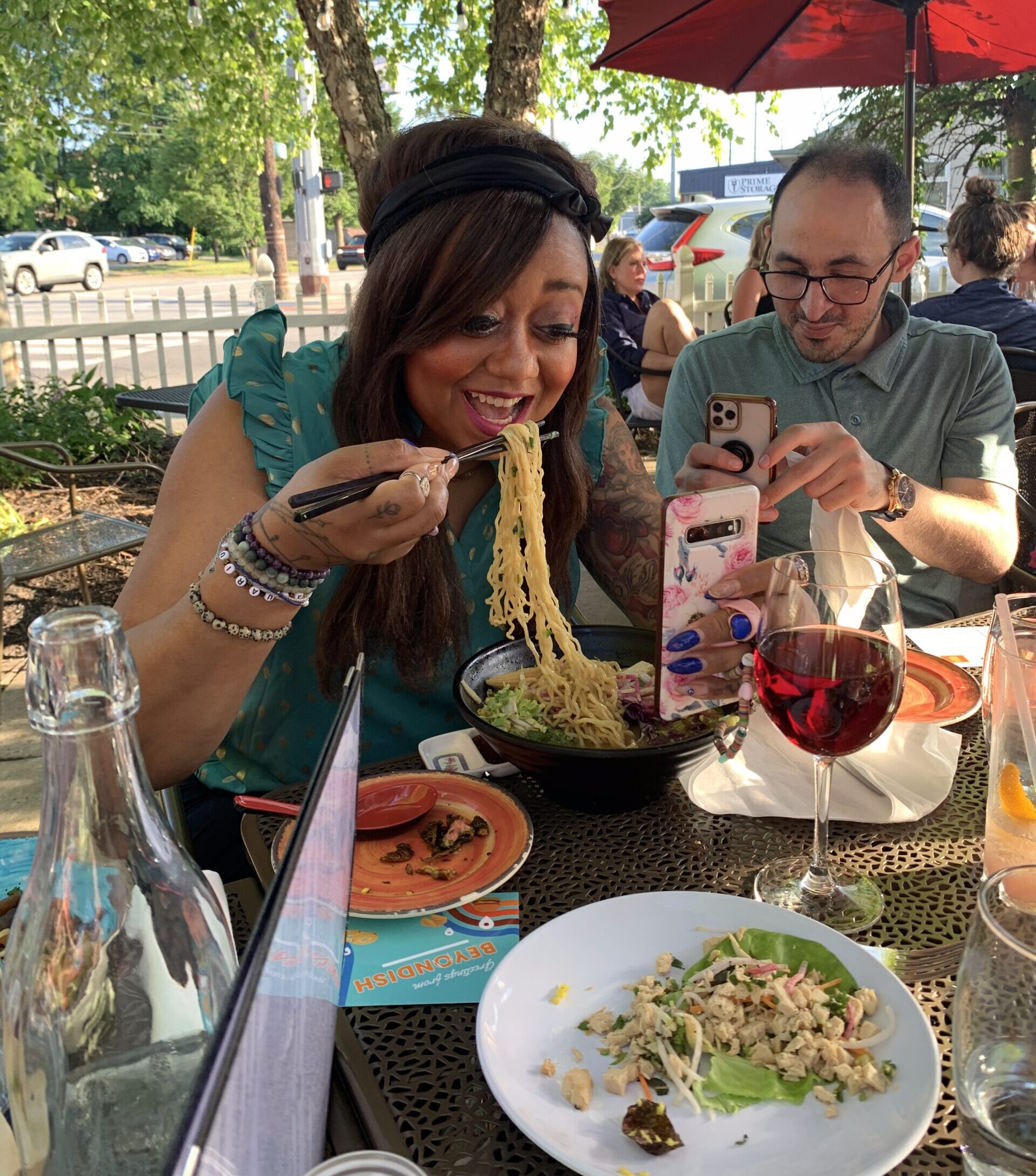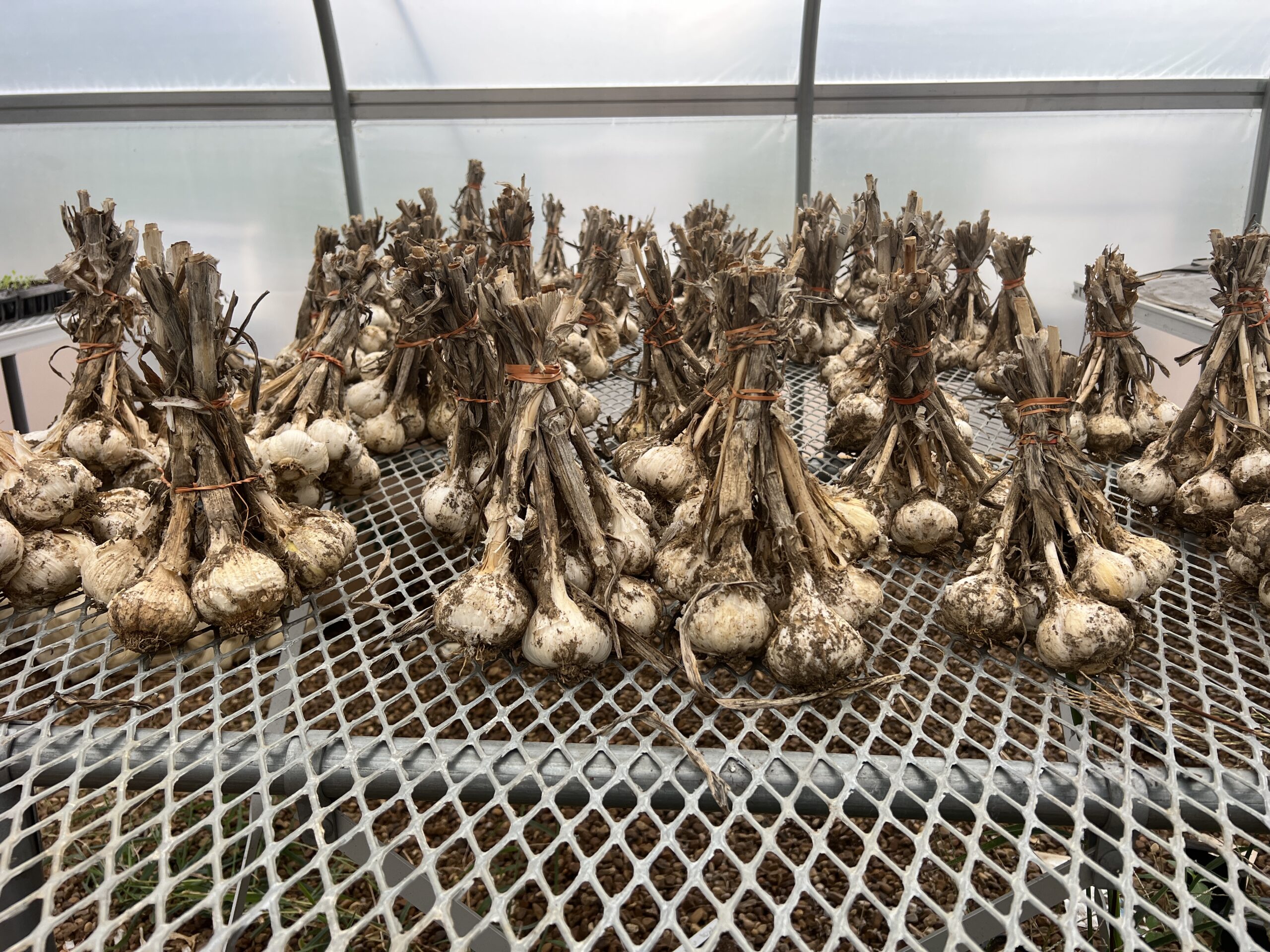
If you’ve ever bought a whole package of celery or a giant cabbage for a recipe that only uses one cup of it and thought to yourself, “What am I going to do with all of this?” Chef Frankie Celenza’s Tastemade show Struggle Meals is for you. Chef Frankie, as he’s often called, has always wanted to help people get into the kitchen and now uses cooking shows to do so. Struggle Meals is Celenza’s latest and most popular show, with seven seasons so far, and it’s perfect for cooks looking for inventive, nutritious and waste-free meals that save time and don’t break the bank. We chatted with the chef about how Struggle Meals came to be, what makes a good recipe for a #strugglemeal and how the pandemic has focused his mission of sustainability.
How did you get your start in food and was it something you always wanted to do?
I started cooking for myself and friends when I left home. Growing up with great food my mom made, I didn’t realize how good I had it until the cafeteria was my main source of sustenance. My obsession with all things Italian led me to dig deeper into the history and myths of the Italian dishes I was cooking for friends. The whole thing became theatrical, then someone said, “Hey Frankie, you should film this.”
Where did the idea for Struggle Meals come from?
At Tastemade, everyone’s always scouring the internet for trends and interests. In late 2017, #strugglemeals was trending, so they came to me and said, “Would you host a show by that name?”

Photo Courtesy of Tastemade
What makes a good recipe to share through Struggle Meals?
It has to be tasty, which is always achievable when tweaking recipe ideas. Lately, thinking about how ingredients are sold in the market, how they’re packaged or wrapped is an important concept for me. If a recipe requires purchasing an ingredient that has a short shelf life and is only sold in a predetermined quantity, I can take one of two routes. The first is to make this ingredient the focus so I can use a large quantity. If that’s not in the cards, then I usually have to come up with a secondary dish that will use it up. If it’s hyper-specific and in a predetermined amount, it’s a non-starter. Americans throw away 40% of their groceries, so this is the area that we look at. In order to be on Struggle Meals first we ask: can we use it all up?
How does thinking about reducing waste alter your recipe development?
Before the show was long-form it was harder because each episode was only a single recipe. Now each episode has four opportunities to use up the focal ingredient. Not only are we giving direct advice on what to do with, let’s say two pounds of cauliflower, we’re also giving creative ideas on how to create secondary and tertiary meals with it. There’s an improvisational aspect to cooking that’s implied in each show. With this combination of teaching, showing and suggesting, the idea is that you’ll be left with nothing by the end.
What are your favorite foods?
I’ve been on a veggie burger bender all quarantine. I don’t know what it is, but I love it. Pastasciutta will always be my first love though.

Photo Courtesy of Tastemade
What do you always have in your fridge and pantry?
EVOO, onion, garlic, red pepper flakes, dried pasta, canned and dried beans. It never gets lower than these, and yet with them I can make 50 different dishes.
What’s your favorite kitchen tool and why?
My knife. I enjoy the act of cutting and maintaining its edge. As a city kid, I always looked at the cowboy types fiddling with their trucks, working on them, diagnosing problems and solving said problems. I feel the same relationship to the tool that is my knife. It would look super weird if I were under a truck wrenching in the middle of Flatbush Ave, so this is how I fulfill that desire to have a relationship with a tool.
How has your cooking and recipe development changed during the pandemic?
The pandemic has really catalyzed my move towards sustainability. I’m playing with a lot more vegetables. The planet would prefer if we ate that way and I think it represents the biggest growth opportunity in recipes, shows and books going forward. There’s only so many ways you can grill a steak and make a sauce, you know? If people eat more plants going forward, and I believe that trend is well on its way, then that’s where the excitement will be.
What are you looking forward to in the future?
I hope to keep learning and then distilling what I’ve learned into visual and verbal analogies on screen. I really love teaching and explaining about food and drink. I also adore filming cooking shows. It’s a privilege I’d like to nurture and keep.
NEXT ON THE DISH









Good write ups. Regards!
https://topessaywritinglist.com/
Wonderful postings. With thanks.
https://topessaywritinglist.com/